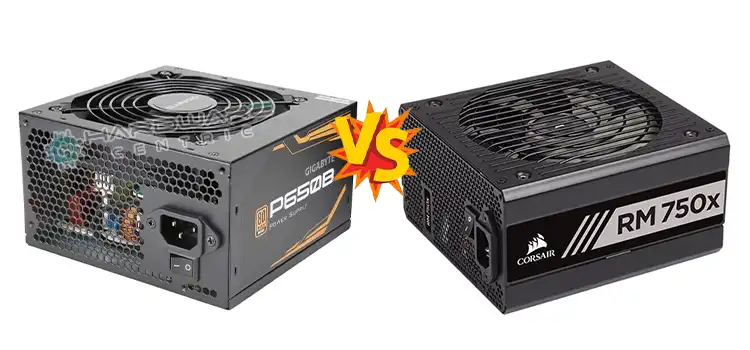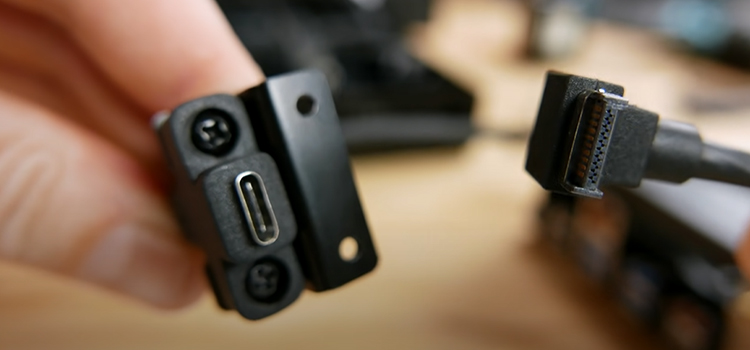1600 Watt Power Supply Power Consumption | Does PC Need 1600 Watts Power?
Should I buy a 1600-watt Power supply for my PC? Can 1600 watt power supply harm my pc if it doesn’t need it? These questions always pop into our minds. If these questions also come into your mind then this article is for you.
In this article, we are going to share all relevant information about this topic, so that your decision-making becomes more convenient. Therefore, without any further ado, let’s get started.
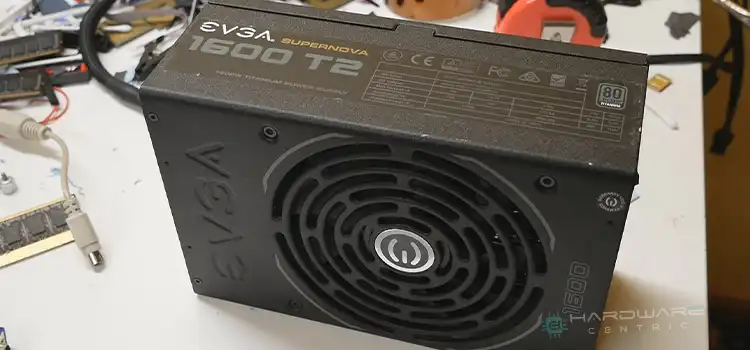
Power Consumption of 1600 Watt Power Supply
Does 1600 Watt Power Supply Hurt my PC?
Here, we will discuss the facts about the 1600-watt power supply’s power consumption that are essential for us to know. Have a look at them –

1. Typical Power Consumption of a PC (Compared to 1600 Watts)
The days of Intel and AMD competing for greater clock rates and substantial performance gains at the expense of everything else are long gone.
Today’s CPU designers are more concerned with reducing CPU power consumption while maintaining or improving performance. They’ve turned their focus away from raw performance and toward enhanced power efficiency and graphics integration.
The number of cores (and threads), clock speed, voltage settings, and manufacturing method (in nanometers) are all important aspects that influence a CPU’s power consumption.
The power supply needed for a high-maintenance PC is shown below. This might help you to understand a little about power consumption.
Intel Top End CPU (Core i7-E) – 130 to 150 W
AMD High-End CPU (8 cores) – 95 to 125 W
High-End Motherboard- 45 to 80 W
DDR1 RAM (2.5 Volts)- 4 to 5.5 W
Top End Graphics Card (Above $400)- 240 to 350 W
3.5″ Hard Disk Drive HDD- 6.5 to 9 W
SATA Blu-ray Drive- 25 to 30 W
140 mm Case Fan (2,000 RPM)- 4.2 to 6 W
2. Harmness of Does 1600 Watt Power Supply Hurt my PC?
You may have heard that an overly powered Power supply might hurt your power efficiency but actually, that’s not true because they have the assumption that PSU is less efficient at those power loads. Practically this assumption is not correct and if you see the efficiency curve for EVGA superNOVA 1600 T then you will understand more.
3. Necessity for a 1600-watt Power Supply
The truth is there will not be any necessity for a 1600-watt power supply unless you genuinely need 1600W or will need it in the future. Even if the extra wattage capacity isn’t used, some of it becomes waste heat, possibly necessitating more cooling owing to heat from power loss.
Even the most efficient power sources squander about 10% of their energy in the form of heat. It might not be a waste if you plan on adding extra GPUs for SLI and improving GPU performance. If one is available, I would choose a tracking power supply, which follows the actual power you require more effectively than a power source that operates at a constant output regardless of load.
Frequently Asked Questions (FAQs)
How much power does a 1000 watt power supply use?
A 1000-watt power supply is capable of serving up to 900 to 1000 watts at its best for your device. But it will only consume only as much as your PC components require. For instance, if your computer requires 300 watts, then a 1000 watts power supply will use around 350 watts.
How many amps does it take to run 1600 watts?
It is quite an easy calculation. All you have to do is apply the equation current = Power / Voltage. Now, for example, if you are using a power of 1600 watts on a 120 voltages circuit, then according to the equation the amps are 1600 / 120 = 13.3 amps.
Conclusion
You can see from above that even high-end computers do not need more power than 850 watts so having a 1600-watt power supply is like overkill. But for the latest features and quiet performance, it is very handy to use them. But keep in consideration that more power supply needs more cooling systems because it tends to heat up more.
But if you install 1600-watt power supplies then it will not harm your PC and this is something to brag about with your friends.
Subscribe to our newsletter
& plug into
the world of PC Hardwares
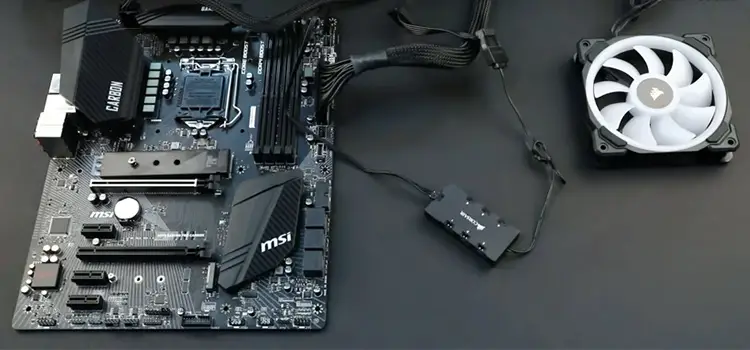
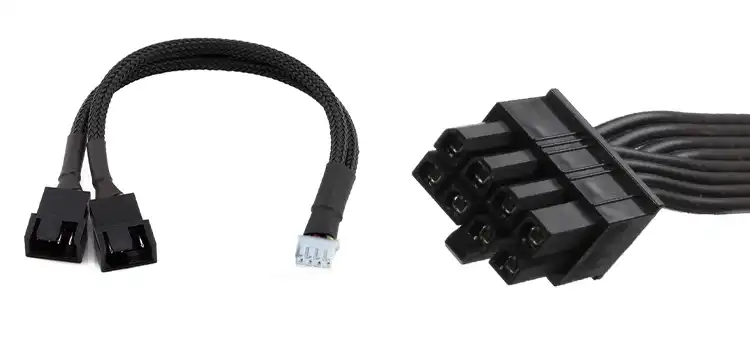
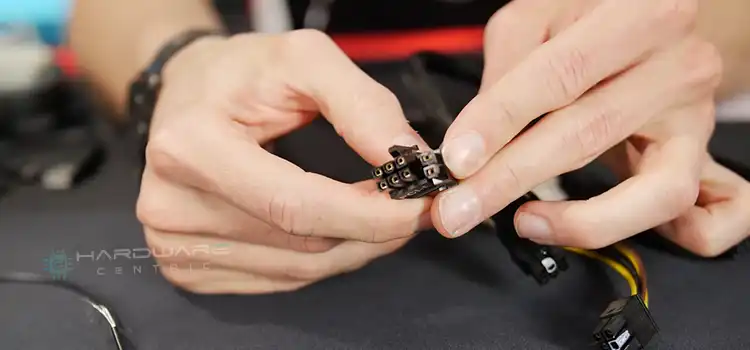
![[6 Fixes] 8 Pin CPU Power Connector Not Working](https://www.hardwarecentric.com/wp-content/uploads/2023/07/8-Pin-CPU-Power-Connector-Not-Working.webp)
